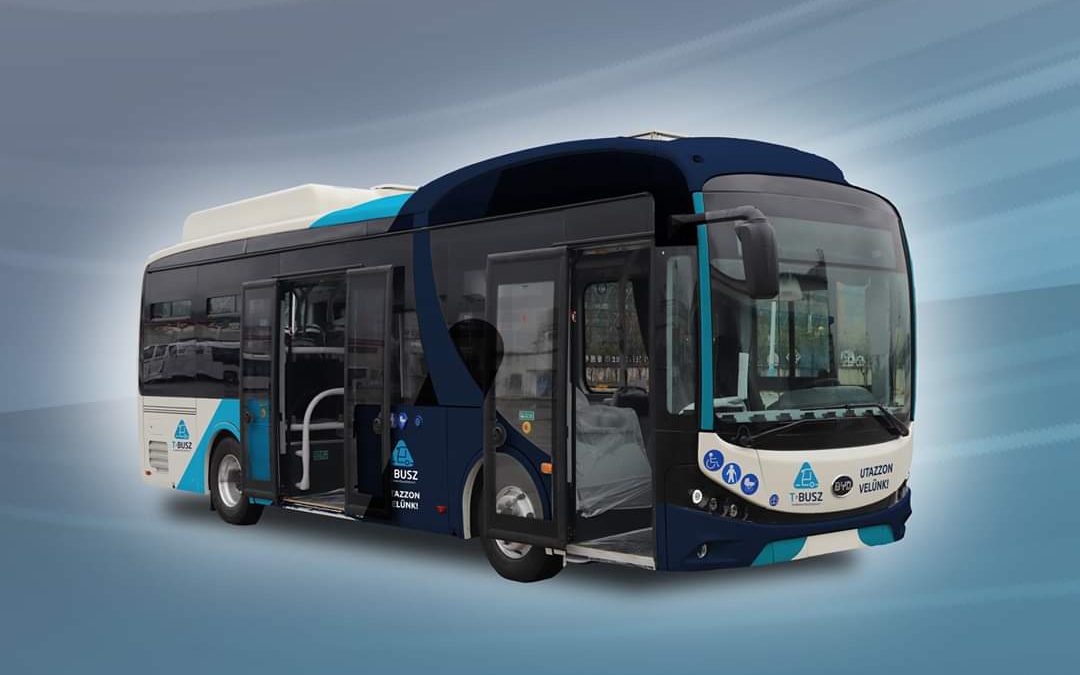This website uses cookies so that we can provide you with the best user experience possible. Cookie information is stored in your browser and performs functions such as recognising you when you return to our website and helping our team to understand which sections of the website you find most interesting and useful.
Electric buses to save the planet?
The Hungarian government has announced the Climate Action Plan, under which from 2022 Hungarian urban transport companies will be allowed to buy only electric buses!
This will be financed by substantial loans and the sale of carbon dioxide quotas. Would be achieved by means of But will electric buses really save the planet?
From 2022 onwards, only environmentally friendly buses, mainly electric, will be available for domestic cities.
Seven cities have launched a pilot project: Budapest, Kaposvár, Pécs, Paks, Győr, Kecskemét and Szeged. The experience is not clearly positive due to the lack of preparation of the whole system (repair and assembly base, charging points)! In Tatabánya, two zero-emission buses have been purchased for regular service, BYD K7U midibuses, which transport passengers to the Turul Memorial to protect the air in the area of the Gerecse Landscape Protection Area. The vehicle is equipped with one charge cc. It is capable of covering 140 km with a single charge.
There are approximately 11 000 public transport buses and coaches in operation in our country, with an average age of 13.3 years and 78.5% of the fleet over 10 years old! There are still many Ikarus buses over 20 years old, and almost 2 500 Ikarus buses are still on the road, all of them obsolete and ready for replacement.
This problem, if extended beyond public transport buses, raises serious operational and funding issues for the contractor sector!
It would be good if the government’s experts would not only think of battery electric buses when considering alternative public transport vehicles! Today, electric buses are only worth buying for transport in inner city areas and pedestrian precincts. It is true that environmental protection and the use of alternative energy is an important aspect of the future, but then the trolleybus lines and their infrastructure should also be developed. After all, at the moment, battery-powered electric buses do not yet have the potential to make it possible to completely eliminate or ban the purchase of diesel buses!
What is a CO2 quota?
“The EU Emissions Trading Scheme (ETS), which aims to reduce greenhouse gas emissions from industry and thereby curb climate change.
The European Union, the third largest carbon emitter in the world, has set itself the ambitious target of cutting emissions by 40 percent by 2030 compared to 1990 levels. The ETS, which the EU set up in 2005 to cover pollutants from industrial activity, will help achieve this. This scheme covers more than 11,000 power plants and factories. It sets a carbon dioxide emission threshold, below which companies can only pollute in exchange for carbon dioxide quotas. They have to pay for these in auctions, so they have an incentive to keep emissions as low as possible. The quota works by allowing one unit of CO2 to emit one tonne of carbon dioxide. The unused quota can be sold by these companies and used to buy new green technologies for EU countries.


